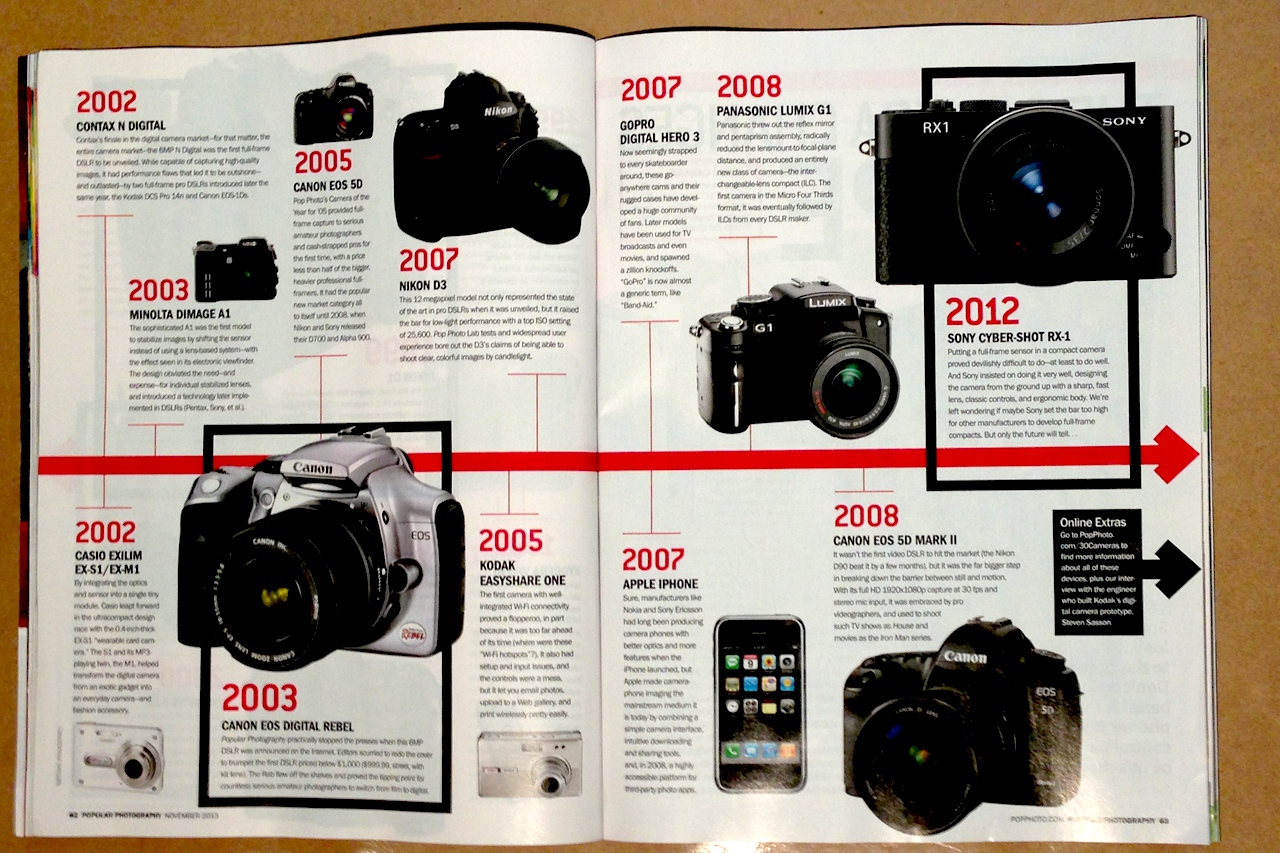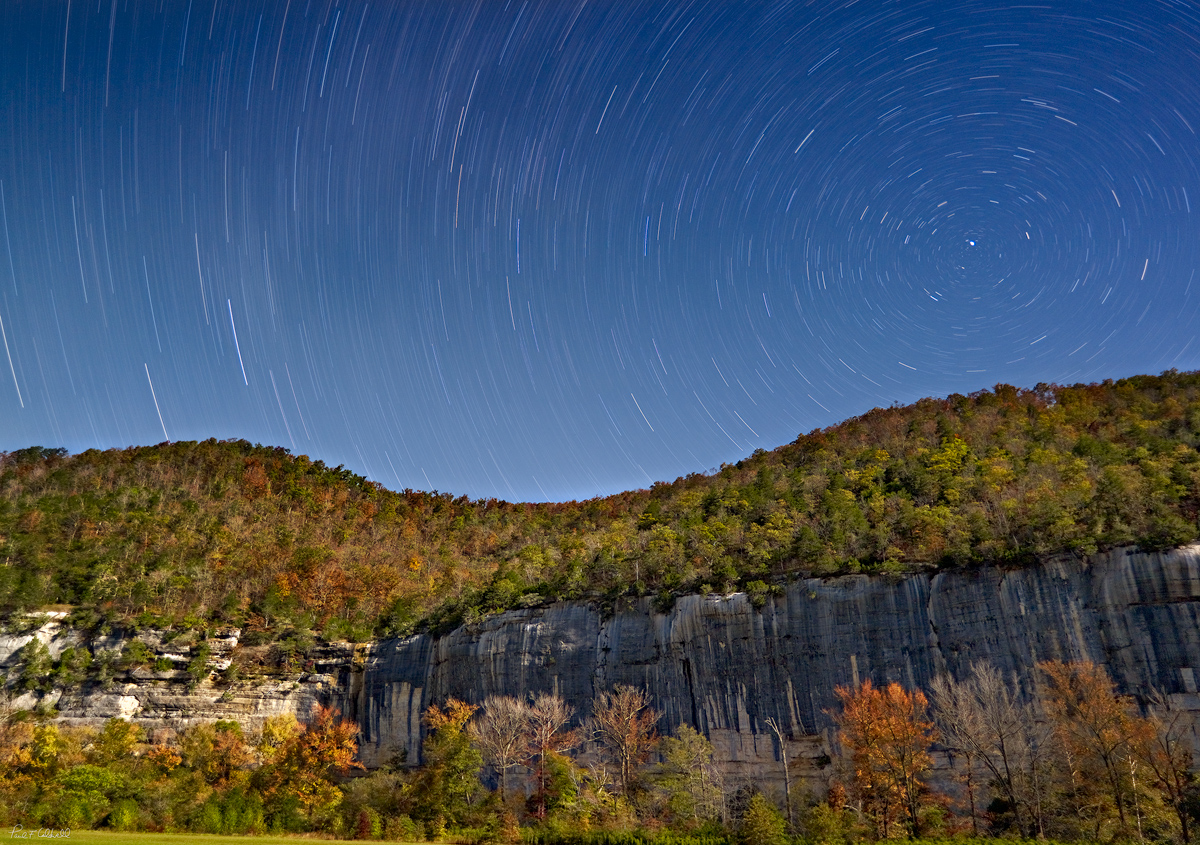In the latest issue of Popular Photography, they have an featured article, “30 digital cameras that changed photography”. Usually I read these type of articles and move on, but I was amazed by a couple of cameras that were totally overlooked.
1. The Canon 1ds MKI
This camera revolutionized 35mm digital photography, at least landscape. This was the first full frame 35mm digital camera every produced. Nothing from Kodak, or Nikon or anyone else could come close. Kodak had the 660 but this was a 6mp 1.5x crop sensor that basically had only 1 or 2 usable iso settings. Nikon was still riding the D1x which at 6mp and a strange sensor layout could not come close the 11mp full frame sensor of the Canon 1ds MKI. Canon brought this camera out and stunned the world. Many landscape shooters made a switch to Canon, I was one of them as I knew that this camera would be the method that would get me to a large print size. The 1ds mkI had a lot of short comings, but it was built like a tank on a pro body and worked with all of the available Canon lenses, but the single most important feature to me was the full frame sensor, no longer the need to buy lenses in the DX mode and for landscapes finally a camera that would pull in a lot of real estate. Canon then followed the 1ds MKI with the 1ds MKII and with 16mp, they really had a winner, but the 1ds MKI did start it all. Nikon for example was stuck with the D700 and D3 both a 12mp/full frame sensors and just not enough sensor size/resolution to really get to a large scale print. Nikon only fixed this issue with the release of the D800 in early 2012 and interesting Canon has still not answered with a large megapixel solution. Popular photography mentions the Canon 5D, which camee out quite a few years later also at 11MP but no live view. Again I think they missed the mark, as the Canon 5D MKII really was the game changer, and the camera that really started to set Nikon back as the price point of the 5D MKII was much less than the 1ds MKII.
2. Phase One P45+
I was surprised in this article to see that no medium format cameras were mentioned. What an oversight!. Phase one announced the P45/P45+ in 2007 and started shipments of theP45+ in March of 2008. This single camera changed how medium format digital photography was viewed forever. Before hand, there were scanning backs, (mostly a non-useable item in landscape photography due to movement of subject matter) and digital backs that were in the 20MP range and limited to iso 50/100. But the single greatest limiting issue was the time of exposure since most digital backs were limited to exposures of no longer than 15 to 30 seconds and the later was a push. With the P45+ Phase One announced 1 hour exposures at iso 50. They did not deliver this on day one, but within 9 months they had added firmware fixes that gave the P45+ exposure times up to 1 hour at iso 50. I was lucky enough to have used a P45+ in my landscape work from March 2008 to around November of 2011 when I upgrade to the IQ160. There were a lot of limitations to using the P45+, mainly around the camera’s LCD which was very limited in playback. However at 40MP and iso 50 to 800, the P45+ added a very powerful tool to the landscape photographers toolkit. With later firmware updates, the P45+ the quality of the images taken at iso 400 and 800 improved dramatically. The P45+ is still holds a very high resale value 5 years after it’s initial roll out which is the world of digital photography is pretty much unheard of.





Recent Comments